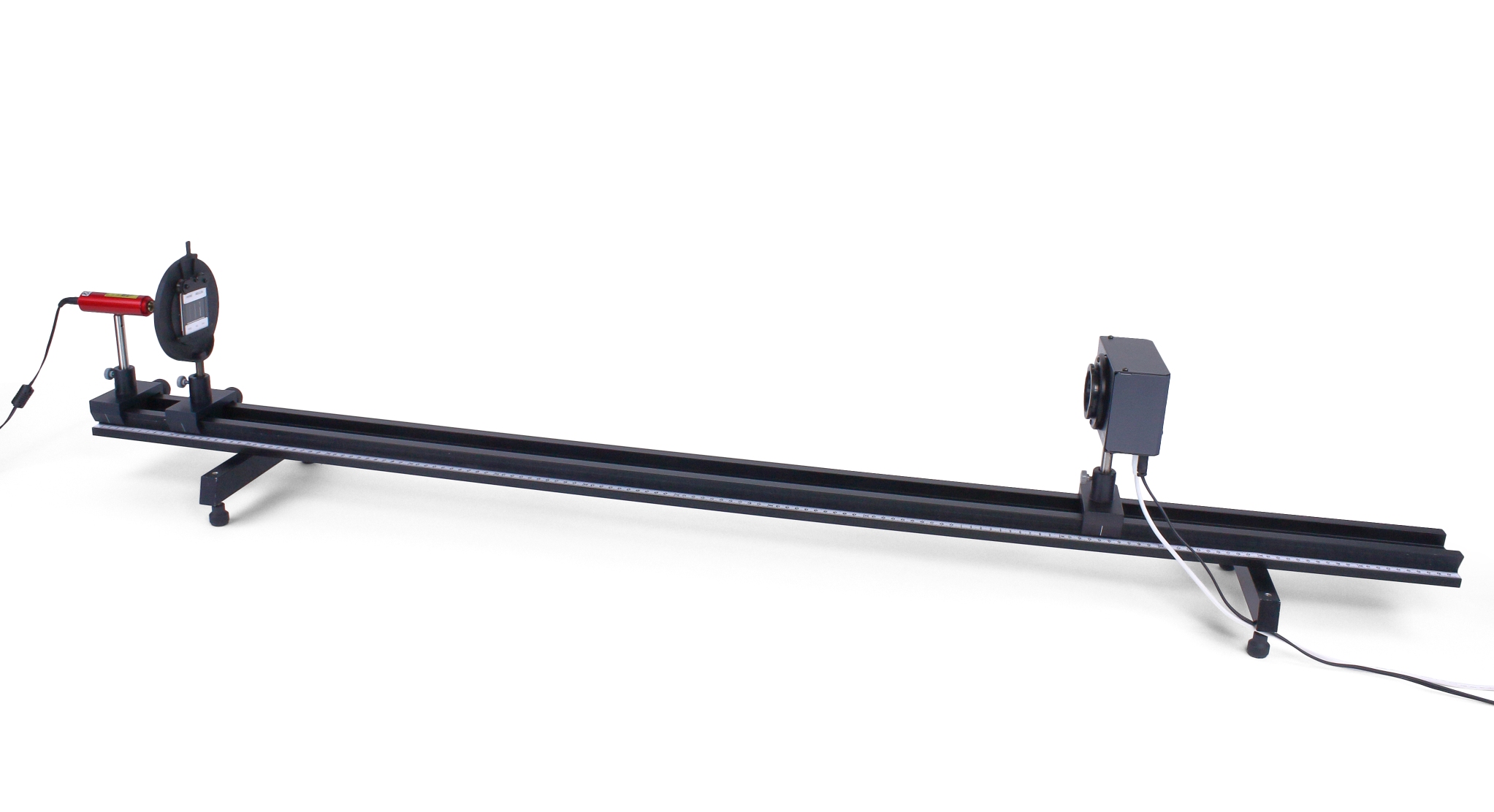Principle
The distribution of intensity in the Fraunhofer diffraction pattern of a slit and at an edge is measured. The results are evaluated both from the wave pattern view point, by comparison with Kirchhoff's diffraction formula, and from the quantum mechanics standpoint to confirm Heisenberg's uncertainty principle.
Benefits
- Quantum mechanical versus wave theory viewpoints are discussed observing light transversing a slit
- A measured diffraction pattern can be explained by quite different theories
- The famous "uncertainty principle" can be confirmed in this setup
Tasks
- To measure the intensity distribution of the Fraunhofer diffraction pattern of a single slit (e. g. 0.1 mm) and an edge. The heights of the maxima and the positions of the maxima and minima are calculated according to Kirchhoff's diffraction formula and compared with the measured values.
- To calculate the uncertainty of momentum from the diffraction patterns of single slits of differing widths and at an edge and to confirm Heisenberg's uncertainty principle.
Learning objectives
- Diffraction
- Diffraction uncertainty
- Kirchhoff's diffraction formula
- Measurement accuracy
- Uncertainty of location
- Uncertainty of momentum
- Wave-particle dualism
- De Broglie relationship
